________________________________________________________________________________________________
The FOGHORN
ROTARY CLUB OF HALF MOON BAY
January 20, 2022
Janice Moody
"Secrets of Successful Succulent Landscaping"

Article by Susan Kealey
Photos by Dianne Bobko
Inspirational Thought - Susan Kealey (our writer today) shared a bit of Thoreau:
Though I do not believe
that a plant will spring up
where no seed has been,
I have great faith in a seed.
Convince me that you have a seed there,
and I am prepared to expect wonders.
Henry D. Thoreau
Susan also introduced our speaker, Janice Moody. She had met Janice at the HMB Garden Club. Janice is a native and Coastsider, a Master Gardner, a garden designer and the owner of Seascapes Nursery.
Her topic was “Secrets to Successful Succulent Landscaping.”
First, a pitch for the Master Gardener program: Master Gardeners can be reached by phone or email (email is more effective at this time). Their website is https://smsf-mastergardeners.ucanr.edu/. It provides a helpline in addition to other useful information. Their mission is educate backyard gardeners.
What is a succulent? It is a drought tolerant plant (water one or two times a month). It stores water in leaves, stems or roots. When watering deeply rooted drought tolerant plants, like Mexican Sage, be sure to water deeply.
Succulents in landscaping: Some of the pros—drought tolerant, year around color and interest, relatively deer and gopher resistant, usually easy to transplant and easy to propagate. Some of the cons—sensitive too cold and hail, many are sensitive to heat, they are fragile and break easily, they can rot if too moist for too long.


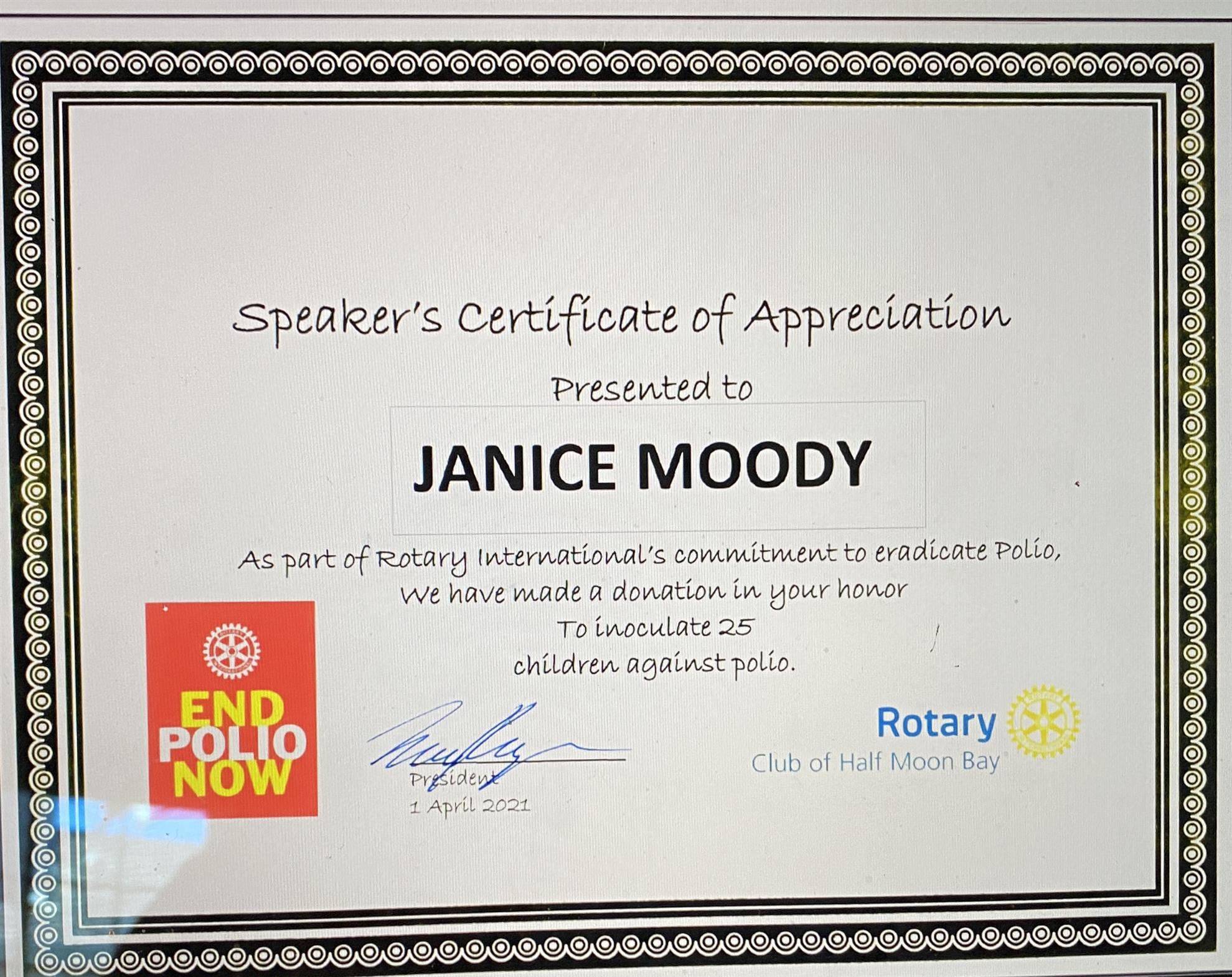
Deer will not usually damage many succulents, but they occasionally get desperate and try them. Also, gophers will eat agave roots, the plants are not always killed.
Pre-Planting Considerations
Mimic the plant’s natural environment. Know where the plant is from and what the conditions are there (hint—many plants will have tags with clues, Google the plant for a wealth of info, ask your nursery person or check with a Master Gardner). Example: there is a native succulent, a Dudleya, that sometimes grows along Devil’s Slide.
Sun and photosynthesis—plants use light and carbon dioxide to create sugar and give off oxygen. Sun and solstices are important. The north side is shadier in winter. Most succulents are fall/winter growers, that’s when they need sun—a minimum of 4-6 hours. Note that morning sun is cooler. Variegated plants need less sun and can actually get sunburnt. Sun improves color. Shade tolerant succulents include some echeverias, aeoniums, Agave Atteunata. Sun and heat loving plants would include cacti, euphorbia—Sticks on Fire, Optunta Macrocentra and agaves.
Climate/temperature—succulents do best between 60-80 degrees. It is important to provide frost or hail protection—a floating row cover or a sheet will work. Cold hardy plants have deeper roots—aloes, sempervivums and agaves—or less juicy leaves—agave, optuna and yucca. Cold temperatures usually improves colors. Heat tolerant succulents would include oscularia, deltoids, jade, Aloe Striata. Agaves are heat and cold tolerant. Most succulents are winter growers.
By the way, hummingbirds love aloe blooms!
Soil—nice black soil has more carbon and is high in nutrients. Note: see the Power Point for a nice diagram of the carbon cycle.
It is important to keep soil covered either with plants or mulch. “Leave the leaves”, they feed soil life. “Kiss the Ground” is a great movie on soil. As a registered dietitian she appreciates that better soil makes more nutritious food.
Microbes are critical to all life on earth. There are more microbes in one teaspoon of healthy soil than there are people on Earth!
Water and drainage—succulents need to dry out between waterings. Succulents need a soil mix that gives them
•50% pore space, 25% air and 25% water
•45% mineral, 20% clay (retains water), 40% silt and 40% sand (sheds water)
•5% organic matter
See the Power Point for comparison photos of mulched soil and soil that has never been mulched. The mulched soil had pores. The soil that had never been mulched was rocklike.
If you have heavy clay soil, till in 3-4 inches of the following: one third of each—wood shavings, compost or aged horse manure, pumice, coarse sand or lava rock.
Drainage
Proper drainage ideas include choosing to plant on higher elevations, create mounds, avoid downspouts and sump pump outlets. Note: more drainage is needed for cacti.
Garden Size
Keep it small and easy to reach. Can also use a small fence to keep dogs out. Succulents are fragile and shouldn’t be stepped on—add paths or rocks to gain access.
Design Basics
Look for color contrasts, shapes/textures, utilize highs and layers—layer short to tall.
Care and Maintenance
Watering—water to six inches in depth. Morning is the best time to water. Hand watering is a good opportunity to knock off pests. Water the entire zone. Save rainwater, which is slightly acidic. If plants are too dry, they will have dry/shriveled leaves, aerial roots or long stems. Symptoms of over watering are stem rot or leaf rot.
Fertilizer recommendations—Growers Magic compost from Soil Farm. Horse manure needs to be well aged as it can contain pathogens as well as weed seeds. Succulents are fertilized twice a year, fall and early spring. Organics are best, feed your soil not your plants. Regarding County green-waste…not sure where it is from. Using rock as mulch is not recommended although it is fireproof and is good for highlighting a specimen plant. When using compost, use 2-4” for beds and 1-2” for succulents.
Maintenance—remove lower dead leaves, transplanting, dividing and depupping, deadheading and pruning. Pick off snails and slugs at night with a flashlight or use Sluggo. Reduce humidity by switching to a drip system rather than overhead watering to discourage snails and slugs. To discourage aphids—encourage ladybugs or hose them off.
Q and A
Q. I asked about my poor plant that fell over breaking its large pot. When I lifted it out of the mess, the planting mix was sopping wet. My question—what do I do, let it dry out before repotting? A. Let it dry out and repot using a pot with good drainage and a potting mix with pumice.
Q. Warren composts his grass clippings, kitchen scraps (no meat, etc.) and vegetation clippings. His compost doesn’t heat up, what to do? A. Cold compost is okay, it takes longer but it will turn into compost. It is good to layer clippings and scraps with leaves or a straw layer. She doesn’t turn hers. You may wind up with some weeds because of the lack of heat.
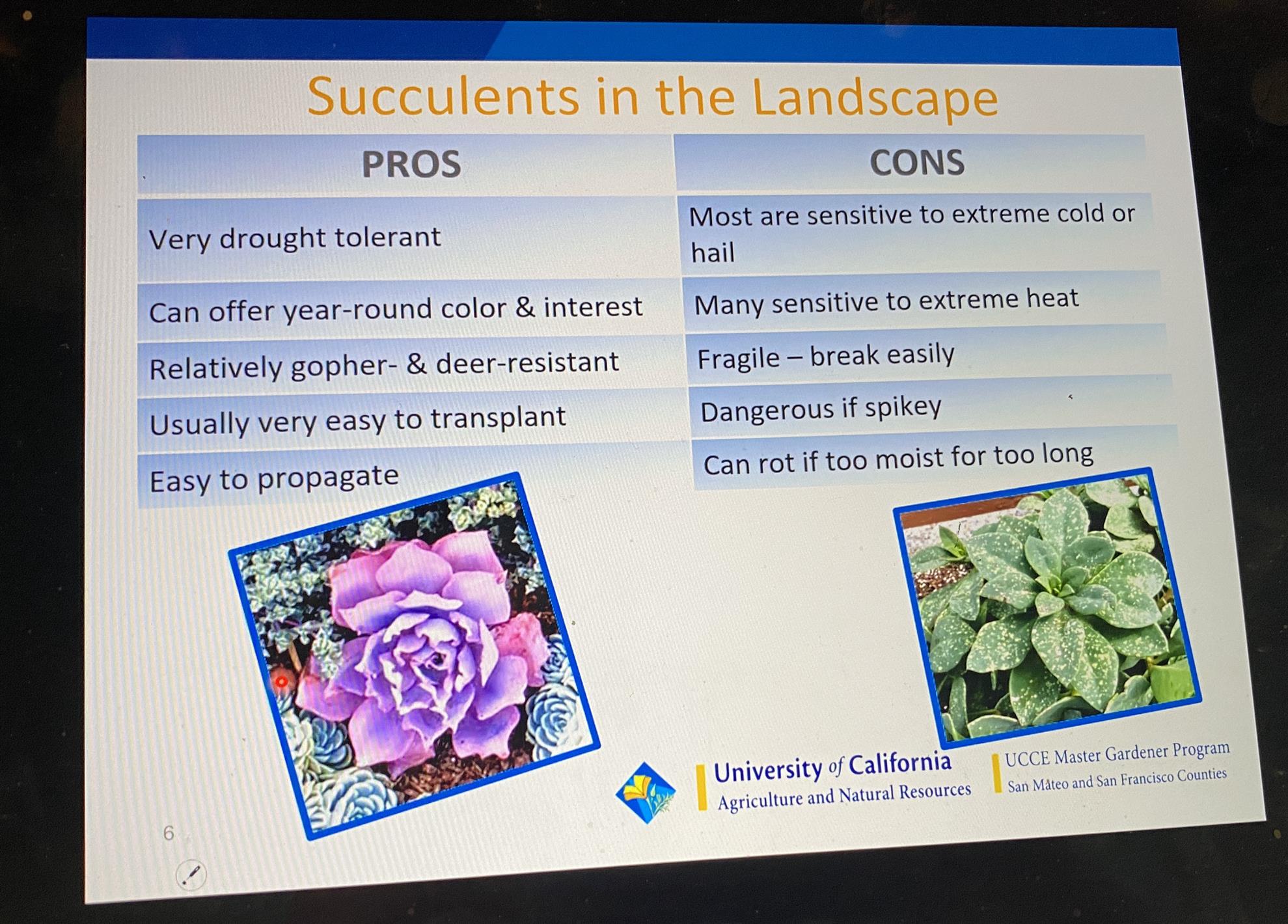
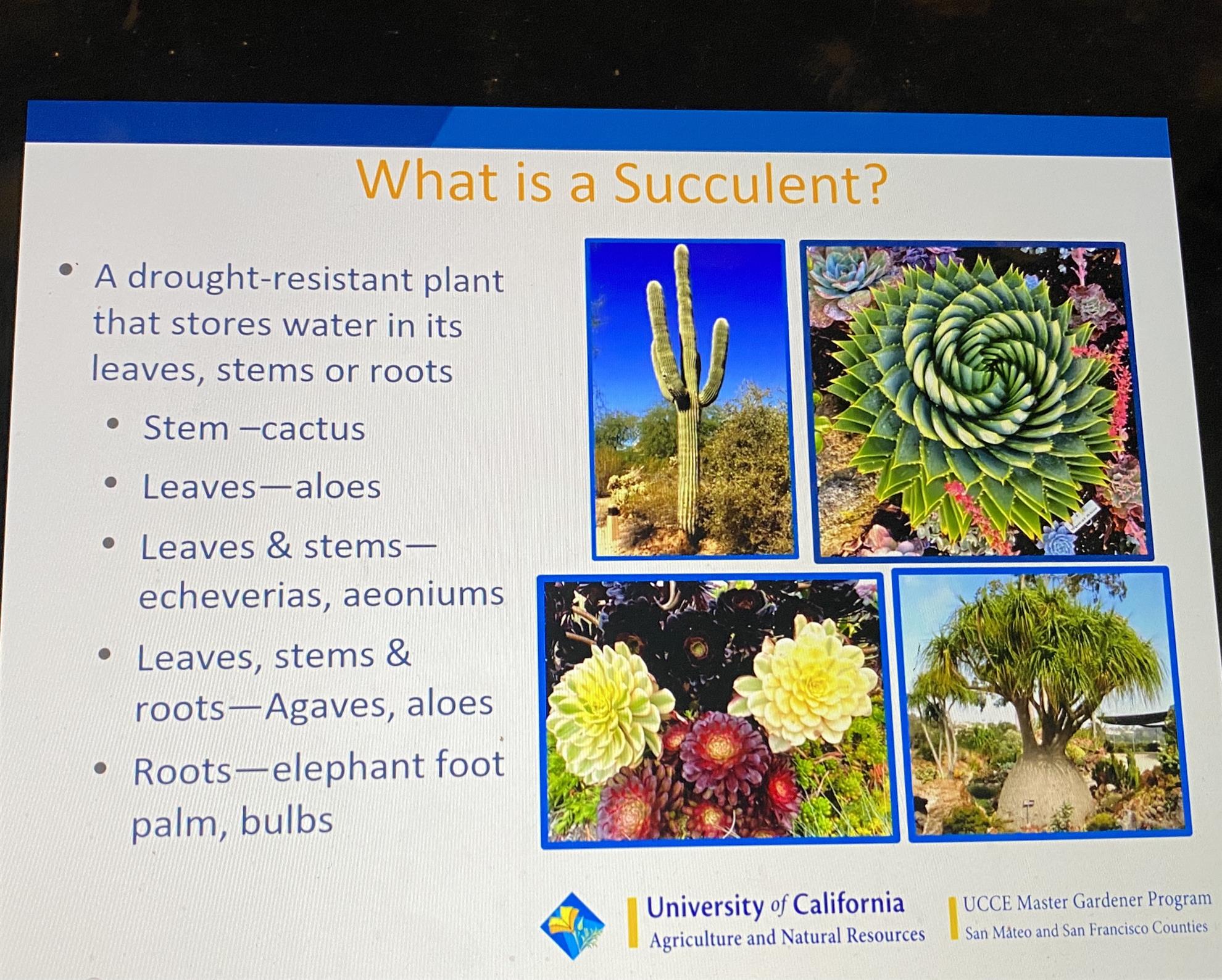
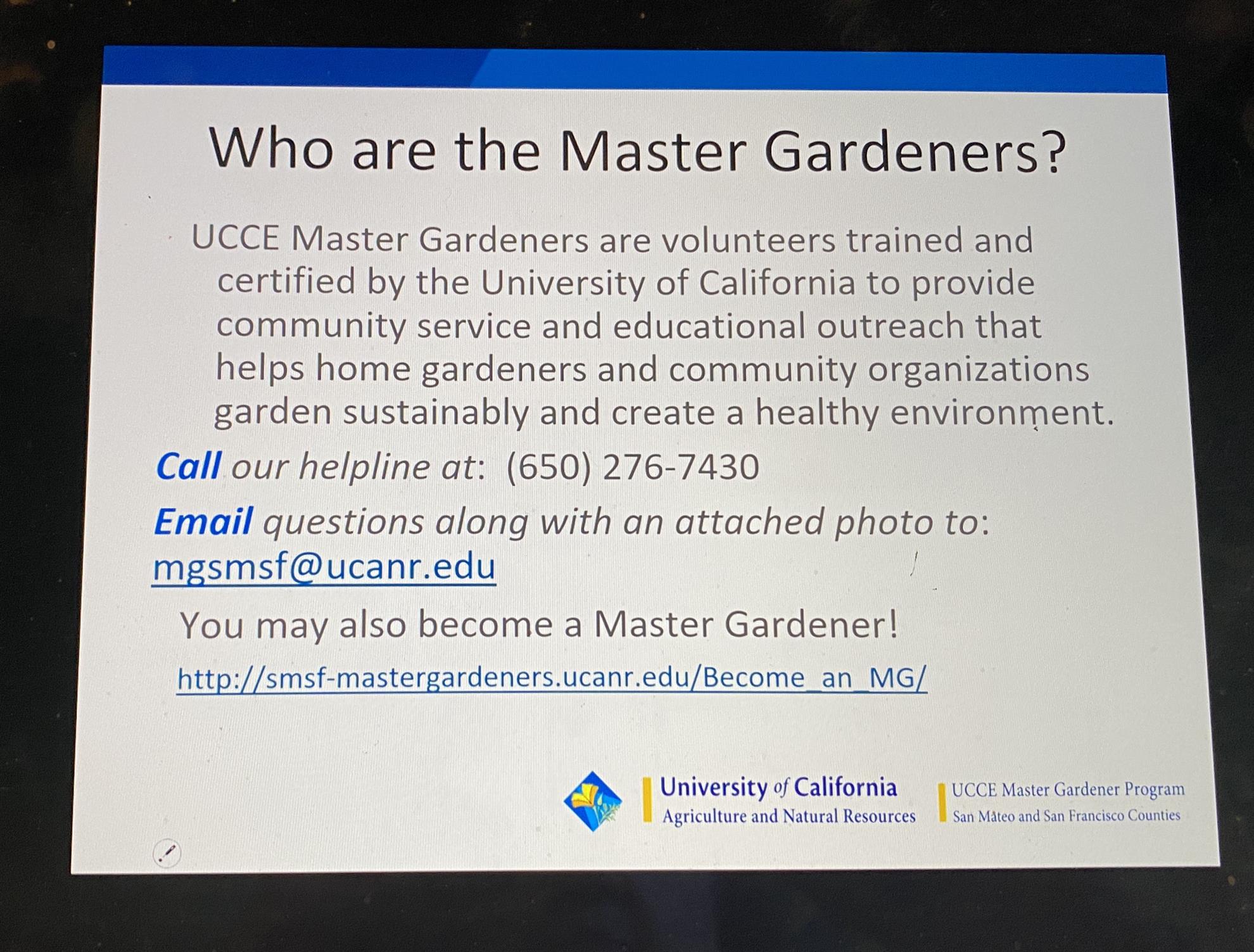
Janice was thanked and given a Polio Plus vaccine certificate.
Club Meeting - January 20, 2021
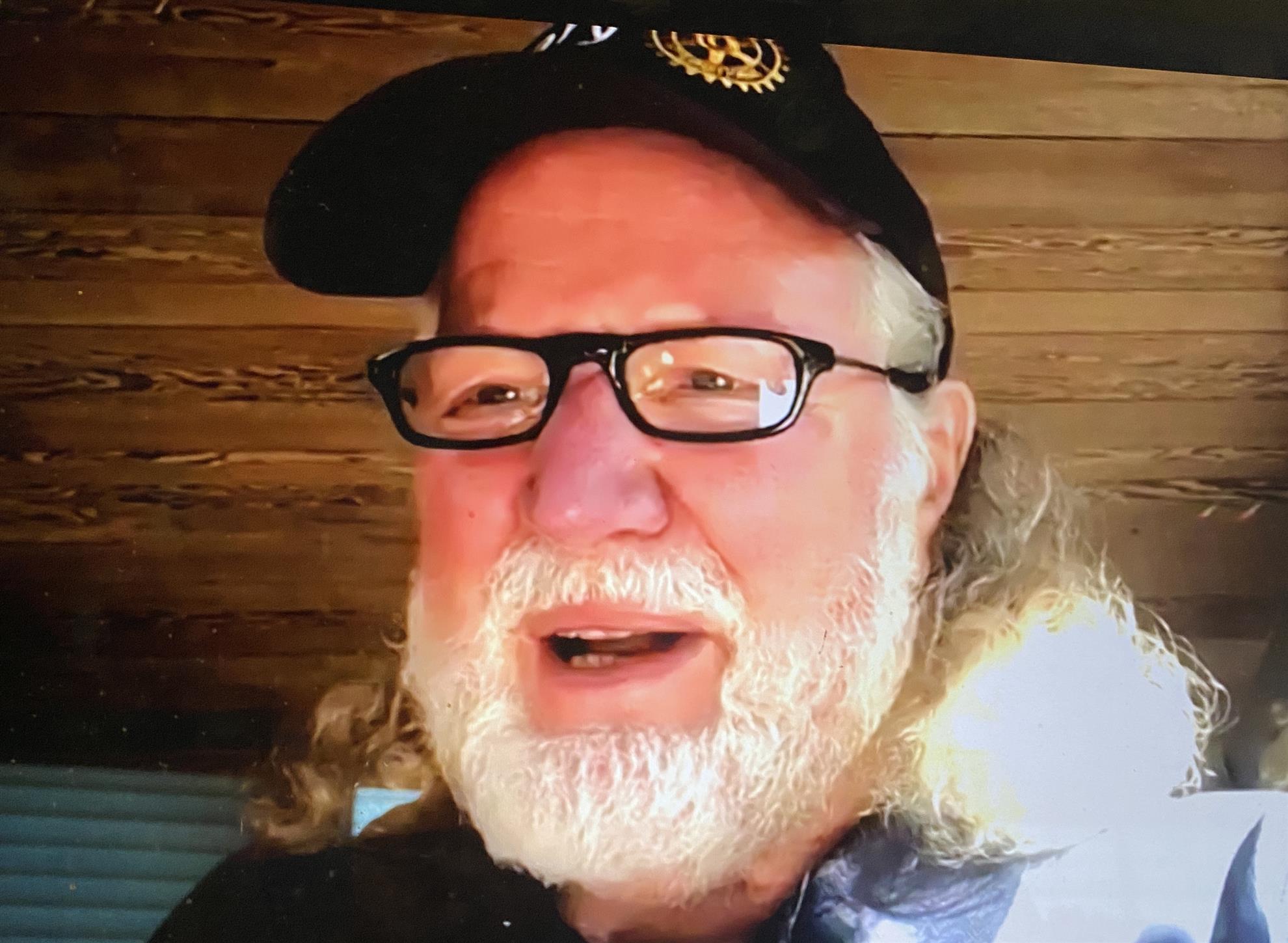
President Joe called the meeting to order.
Announcements
Mary advised that the Past Presidents will meet again soon.
Don’t forget our joint meeting with Pacifica and Millbrae February 11.
Don’t miss Frank Cipriano next week and learn about Wildlife Forensics, DNA and Toxic Whales.
Vocational scholarships—Joe has reached out to Joaquin, ALAS, and Puente for suggestions. Joe will follow up.
Happy/Crappy News 
 On the Soapbox
On the Soapbox
Warren has a temperature, maybe it’s the flu.
Joaquin wished everyone a Happy New Year and said he’s happy to be in Rotary. He encouraged everyone to check out the article on the front page of the HMB Review, https://www.hmbreview.com/news/co-op-plants-opportunities-for-farmworkers/article_229f9136-7946-11ec-b1d0-1f79501ec0a3.html. The farmers’ cooperative, Rqncho San Benito, is coming together, there will be a tractor breaking ground on Monday. They are in the process for obtaining their 501.c.3 status, they have a long term contract with POST, a website is in the works…there are a lot of exciting things coming together, check out the article.
Pres. Joe's Weekly 'States of the Union Quiz - MISSOURI
Our 24th state was the first state west of the Mississippi River. It was a slave state, the compromise state—Maine came in as the free state. Missouri is the 21st largest state and has population of 6 million. Joe’s family came to Missouri from Ireland. Joe’s grandfather was an attorney who practiced before the Supreme Court. Ozarks! The Missouri River bisects the state and flows into the Mississippi.
Dianne's aunt was a nun and a musician and music teacher in Missouri with well-known children's orchestras. Her family visited in the St. Louis often during Dianne's childhood. Dianne went to graduate school there at St. Louis University.
Warren reminded us that Edward Jones was from St. Louis and the company’s home office is there.
Mary mentioned that the morning news today announced that Missouri is experiencing one of the worst COVID outbreaks and has one of lowest vaccination rates.
Joaquin likes westerns and one of his favorites is “The Outlaw Josey Wales”. It takes place in Missouri and the best scene is when he gets to the floating bridge and the Calvert is chasing him.
Marble Game 


Rose won the spin and pulled a green one. As a reminder, the funds from the marble draw go to the small donations fund which provides donations under $500.

